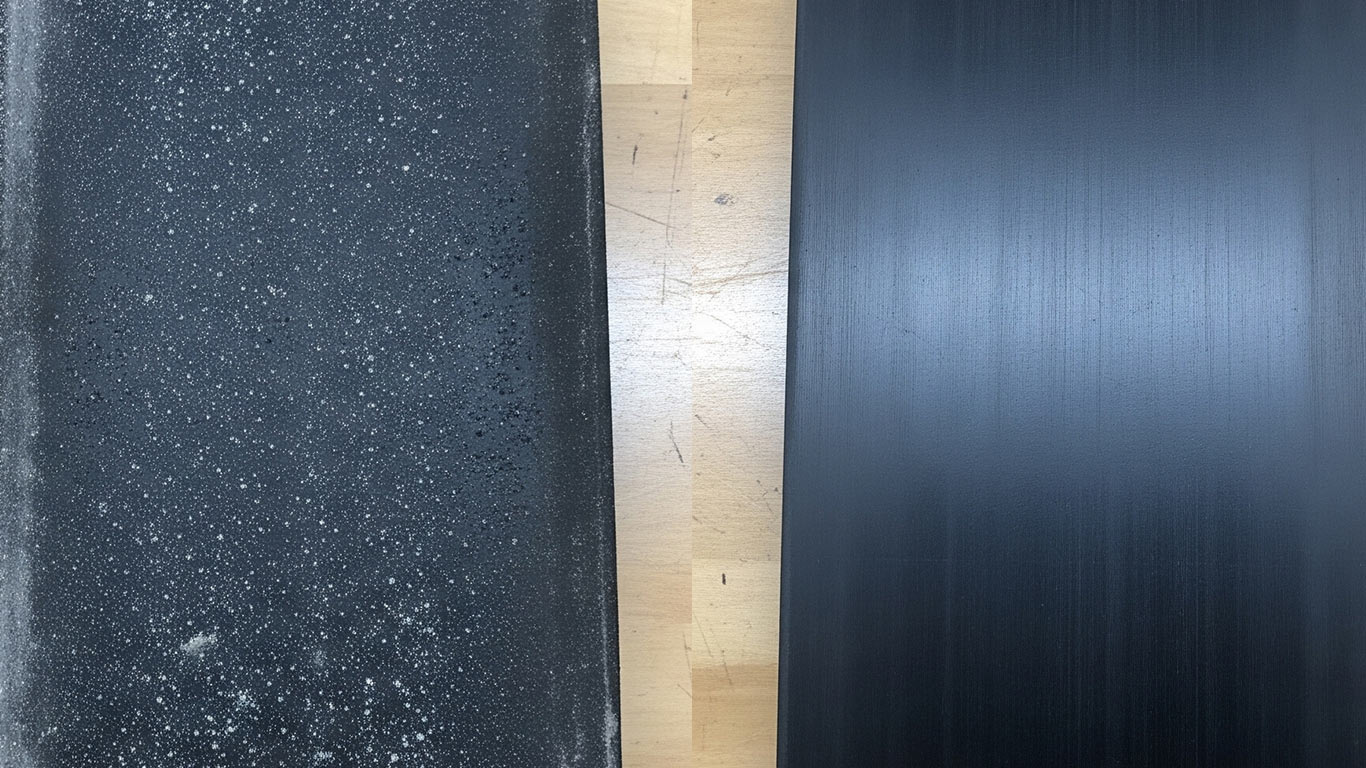
FDA
FDA 21 CFR 1040.10 - Laser Product Performance Standards



Rubber's outstanding elasticity sets it apart from rigid composites, permitting repeated flexing without fracture and thus delivering dependable performance in rigorous automotive and aerospace applications.
At 1000x magnification, the rubber surface teems with irregular clumps of dirt and debris that obscure the underlying texture. Fine particles embed deeply into cracks and crevices, creating a mottled, uneven appearance across the material. This contamination layer distorts the natural contours, making the surface look dull and cluttered.
After laser treatment at 1000x magnification, the rubber surface emerges smooth and free of debris, with a clear, uniform texture. The treatment exposes the material's inherent

FDA 21 CFR 1040.10 - Laser Product Performance Standards

ANSI Z136.1 - Safe Use of Lasers

IEC 60825 - Safety of Laser Products

OSHA 29 CFR 1926.95 - Personal Protective Equipment
License: Creative Commons BY 4.0 • Free to use with attribution •Learn more